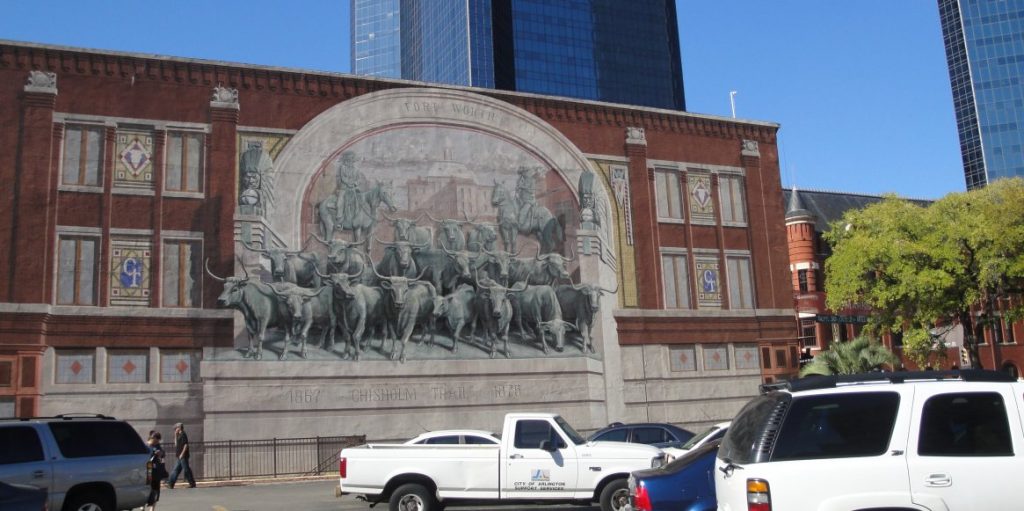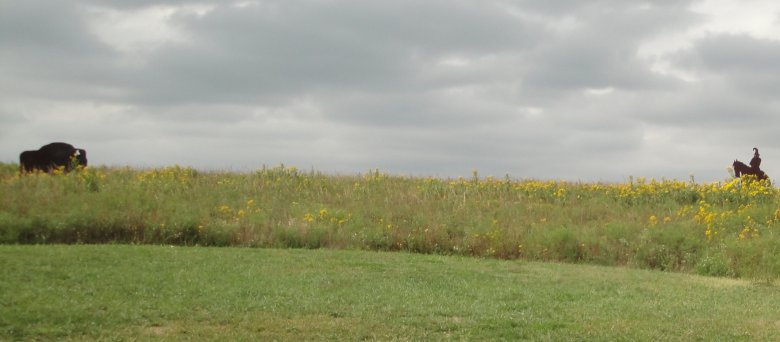
I wanted to take a trip across the U.S. – again – to remind myself about the America outside what I see in and around Washington. It is easy to forget that there is a lot of America far away from Washington when you live around here.
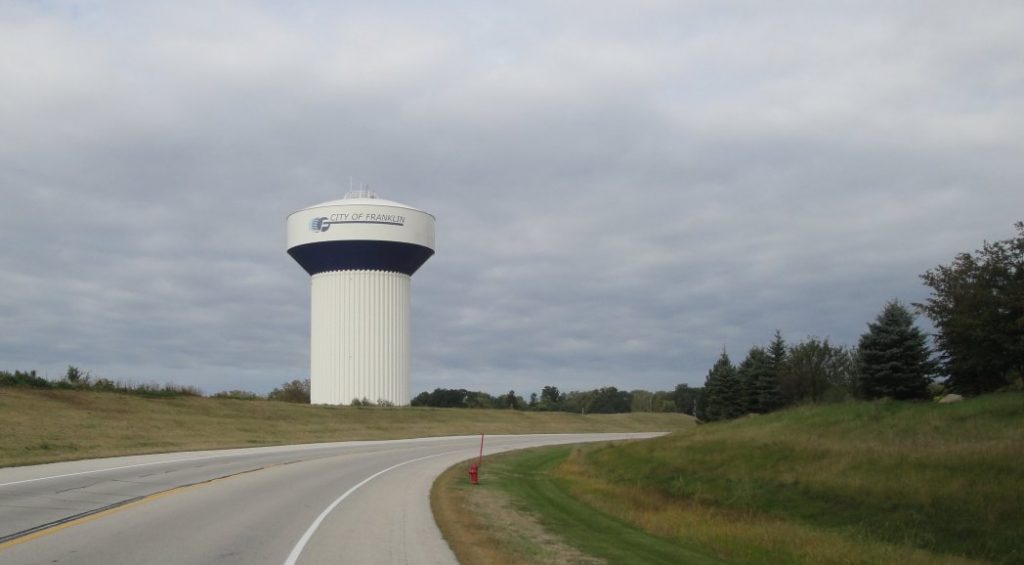
Driving is different than flying to particular cities because you see the places you cross close up. It is impressive how long it takes to get from place to place. You quickly understand that it is a big country, with pretty good roads. I tried to get off the Interstate when I could. The Interstate is faster, but you see less and you never get the feeling of the open road that you do when you are the only one on a county road. You also cannot usually stop on the Interstate, so if you do see something interesting all you can do is race past it at 70mph.
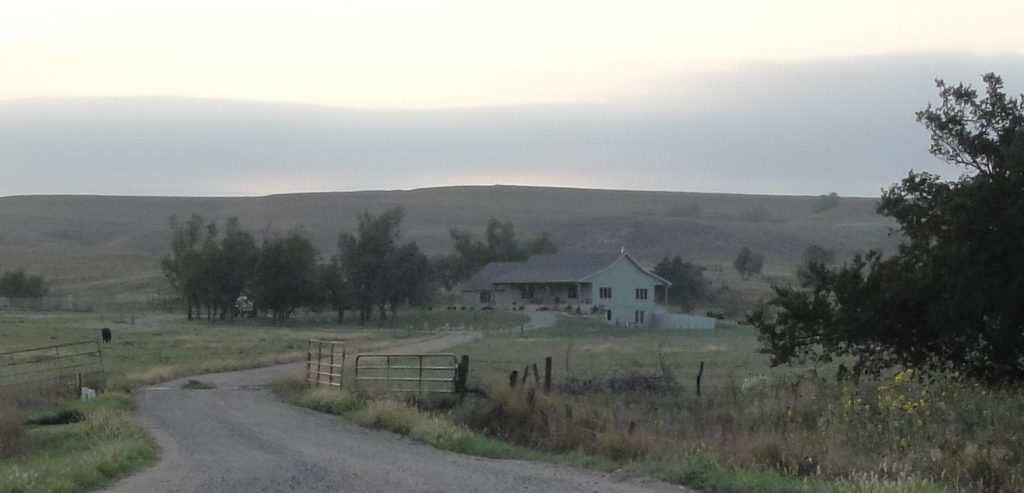
I enjoyed driving most on the old U.S. Highways. They are usually smooth and fairly straight. They were designed for more traffic than they get now in most of the rural areas, as the Interstates have drained the traffic, so it is often a comfortable and almost traffic free experience. I like the diversion when I slow down through towns. The Interstate bypasses them or hurries you through them on ramps above, artificial valleys below or man-made canyons of noise control walls if you stay at ground level. You miss a lot of history.
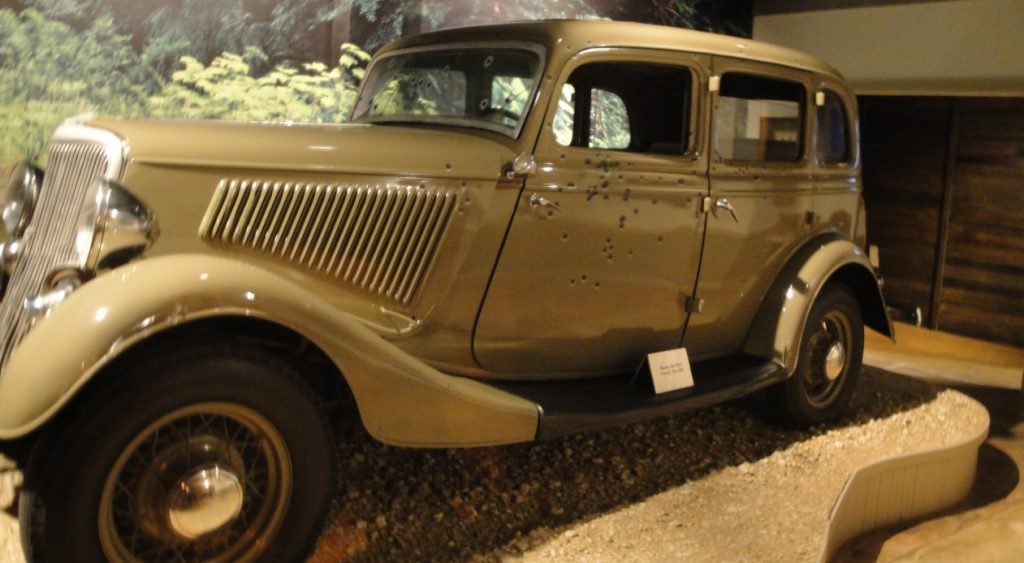
I drove through sixteen states, including the State of Missouri. I mention Missouri specifically because Missouri was the only one of the continental states I had not visited before. Missouri is just about right in the center of the U.S., so it is strange that I missed it so many times. I really didn’t see it too much this time either. All I did was stop at a rest stop and put my feet on the ground for a few minutes.But I got a picture.
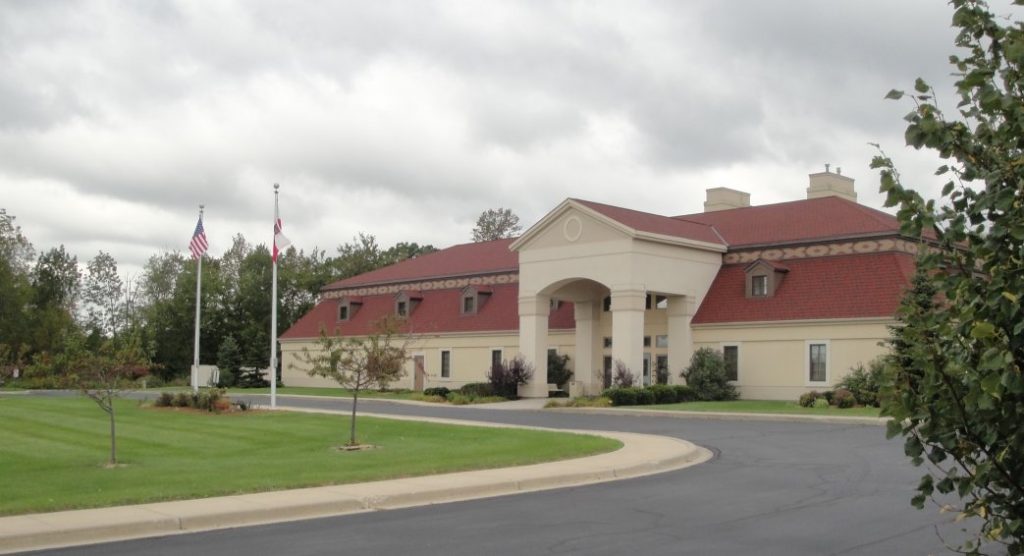
I noticed the changes in the physical landscape. Once you cross the thickly forested eastern mountains, you get into relatively flat formerly-forested landscapes until you get to about fifty miles out into Kansas. Rainfall drops off below the amount (about 30 inches a year) needed to support natural forests at about the 98th meridian. This divides prairies from forests. Historically, the prairies extended farther east because the Native Americans used to set fires to maintain the grassland. Today, our own civilization has brought trees into the grasslands and grasslands into the trees, but you can still clearly discern the differences as you pass over. The mountains in the West have all sorts of variations of climate. That is the attraction of the West. You can drive 100 miles in the East w/o noticing big changes. In parts of New Mexico I crossed dozens of biomes in that same distance.
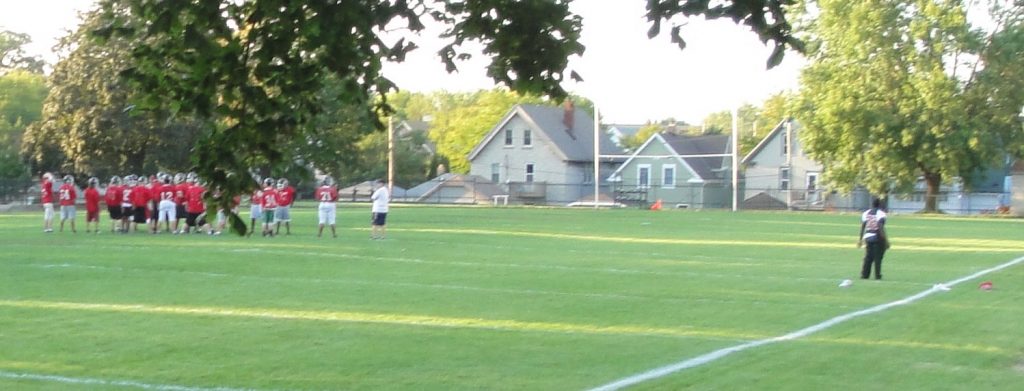
I am not sure if it was Texas or New Mexico that were most surprising. I had been to both before, but not really through them. New Mexico, as I mentioned in one of my posts, is truly a land of enchantment, with a great variety of environments in very close proximity because of the mountains. Texas was also very surprising. I wrote several posts about that. Texas is such a big state that I should not have been as surprised by the variety, but I was.
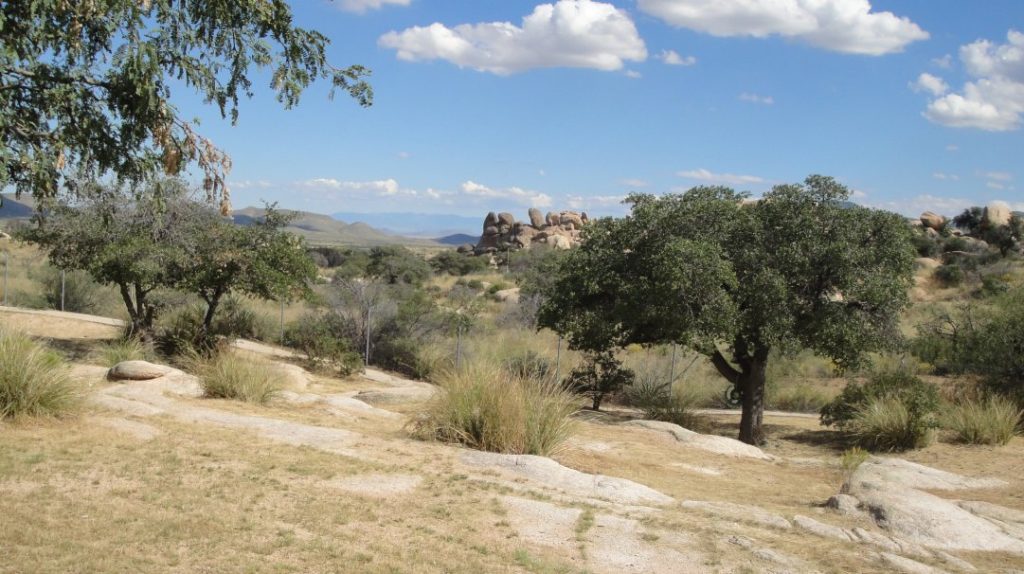
The geography and topography was very different, but I found that Americans were very similar everywhere I went. I am in a good position now. I am old enough that I both am not too shy to approach and talk to strangers and I seem harmless enough that they are willing to talk to me. Actually, I am repeated surprised at how friendly people are and how much they like to tell you about themselves and their home towns. The pride is palpable and everybody thinks his/her place in unique. And they are all right. But what is not unique is the feeling of unique pride in being different. It is a kind of a paradox.

It makes me a little sad that the regional differences are weakening. As each part of the U.S. becomes more diverse the country is becoming less so. You find the same restaurants, stores and outlets wherever you go. And it is not only the well-known chains. You can find the same sorts of independent Chinese, Mexican, or Japanese restaurants in San Antonio or Dodge City as you do in Milwaukee or Nashville. Everyplace is diverse now. All these places were less diverse internally a generation ago, but they were more different from each other. The whole country has been blended. It is great that you can get all the same things almost anywhere, but maybe also not so great. You can tell this by what you CANNOT bring back home that you can’t already get back home.
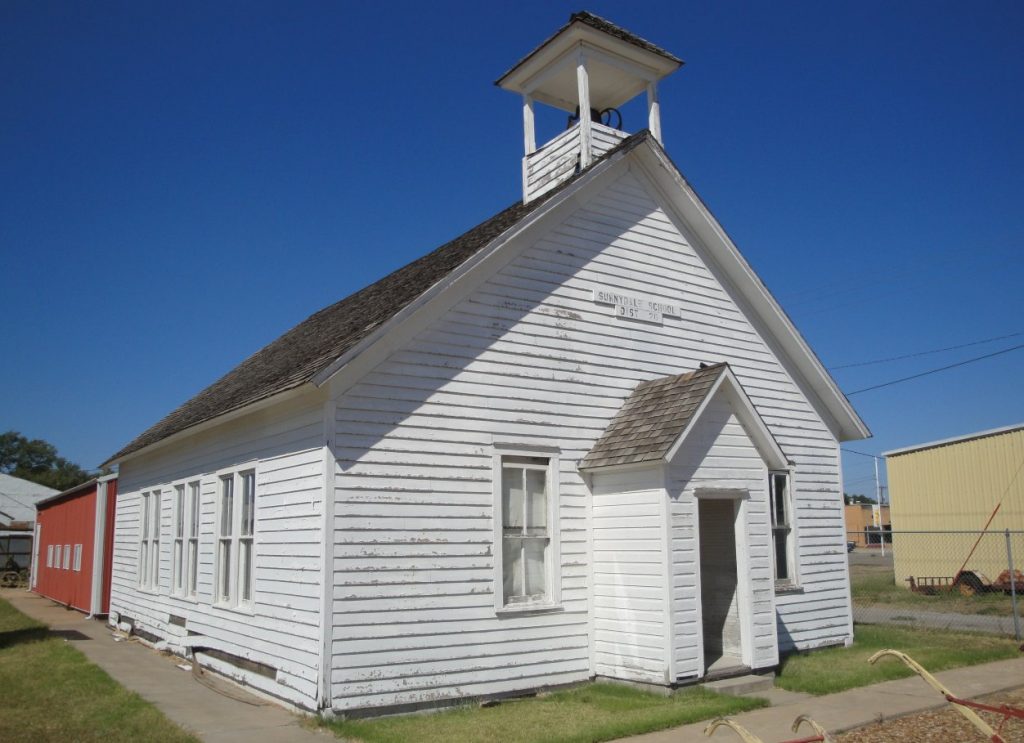
What is becoming more important is what you might call the back story. We are becoming a lot more concerned with the origins and the “stories” of the things we eat, drink, wear and enjoy. We can get to know these stories when we travel. As our country blends, we all look for the special things and we are reviving or recreating traditions, especially on the high end. This is how we connect in a world that doesn’t tie us to our roots. For example, the Bourbon makers we visited have been working harder to make “craft” products and people are willing to pay more. Farmers are developing or rediscovering heirloom fruits and vegetables. I saw longhorn cattle like those that were essentially eliminated a century ago. Somebody is reviving the herds. I think this is healthy. It is usually not mere antiquarianism. People are respecting traditions but also working and applying their innovation and intelligence to make them better. New traditions are being evolved from the old ones all over our country, so while we are becoming more homogeneous we are also developing new diversity.
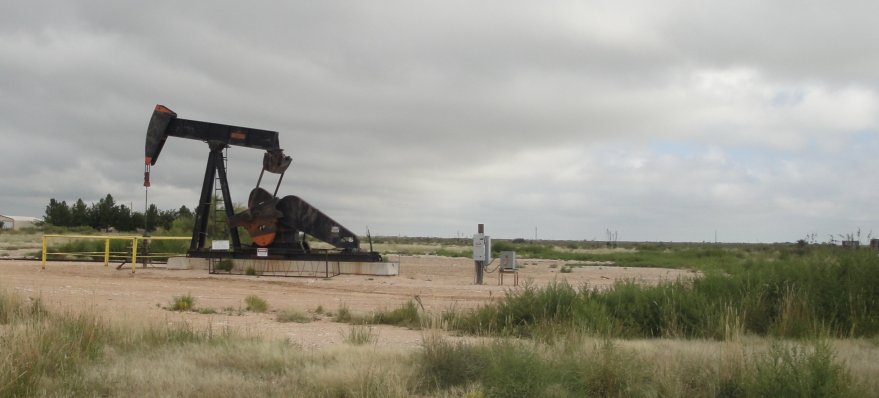
I have a few miscellaneous pictures from the tip that I have included. The top picture is art work in the grassy hills above a Missouri rest stop. They are flat steel cutouts of Indians hunting bison. Next is a water town in Franklin, Wisconsin. A ranch in Kansas is below followed by a replica of the Bonnie & Clyde “death car.” In the middle of the page the Polish-American Center in Franklin and then the Bay View “Redcat” football team in early season practice. The rocks in the next picture is off I-10 near the place where the Apache leader Cochise hid out. Next is a gas station in New Mexico with the railroad in the background. The next two show an old school house in Mead, Kansas and then an oil pump on the Permian basin in New Mexico. Below is a mural in Fort Worth, Texas honoring the Chisholm Trail
